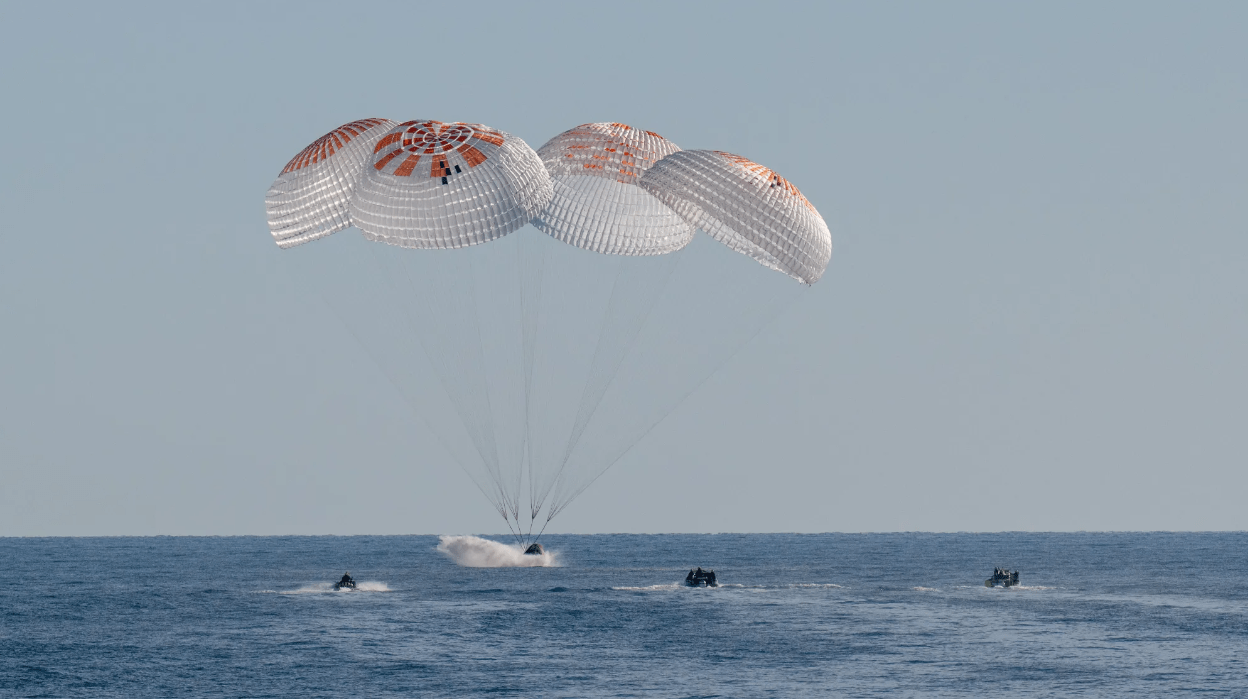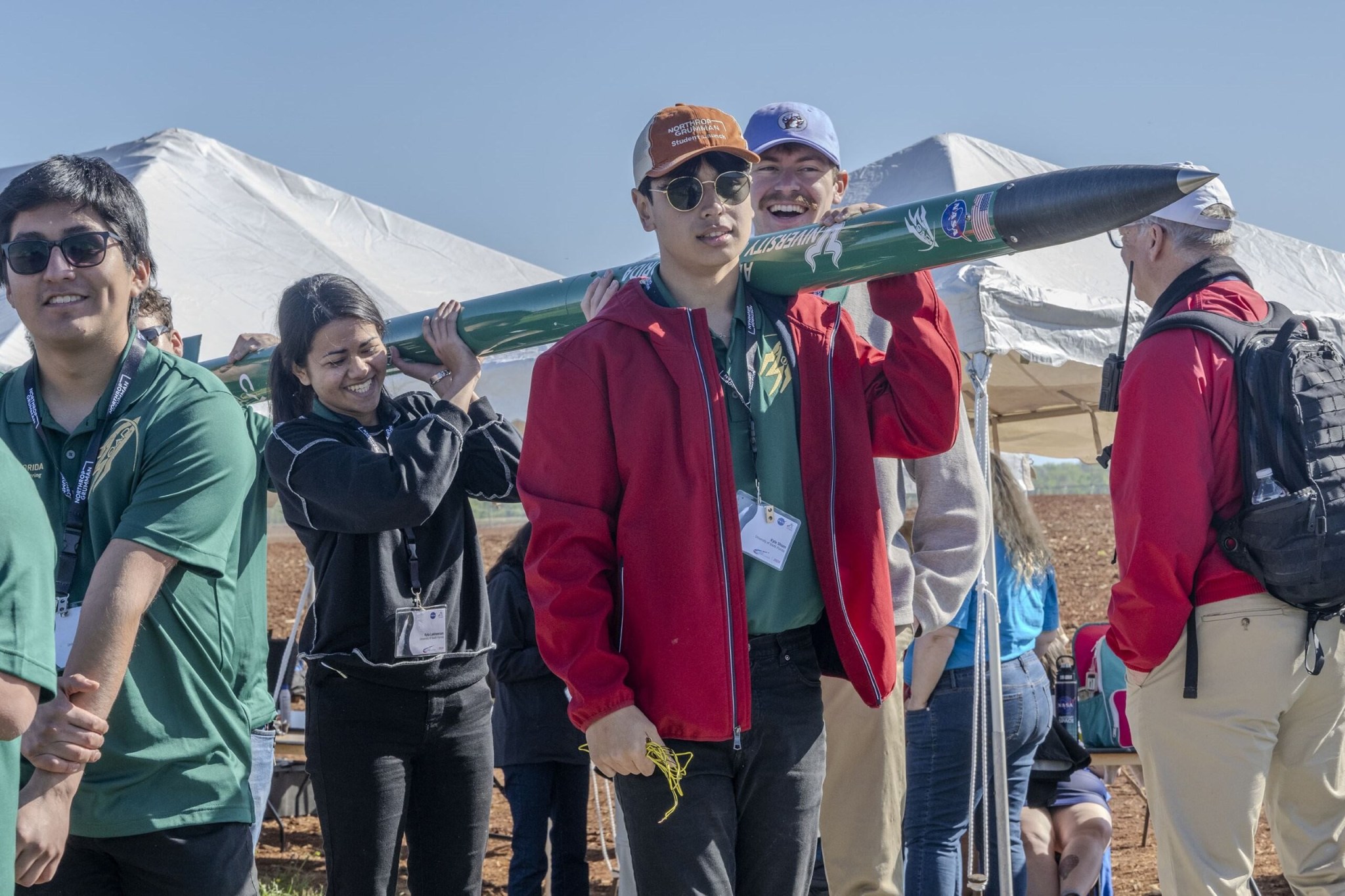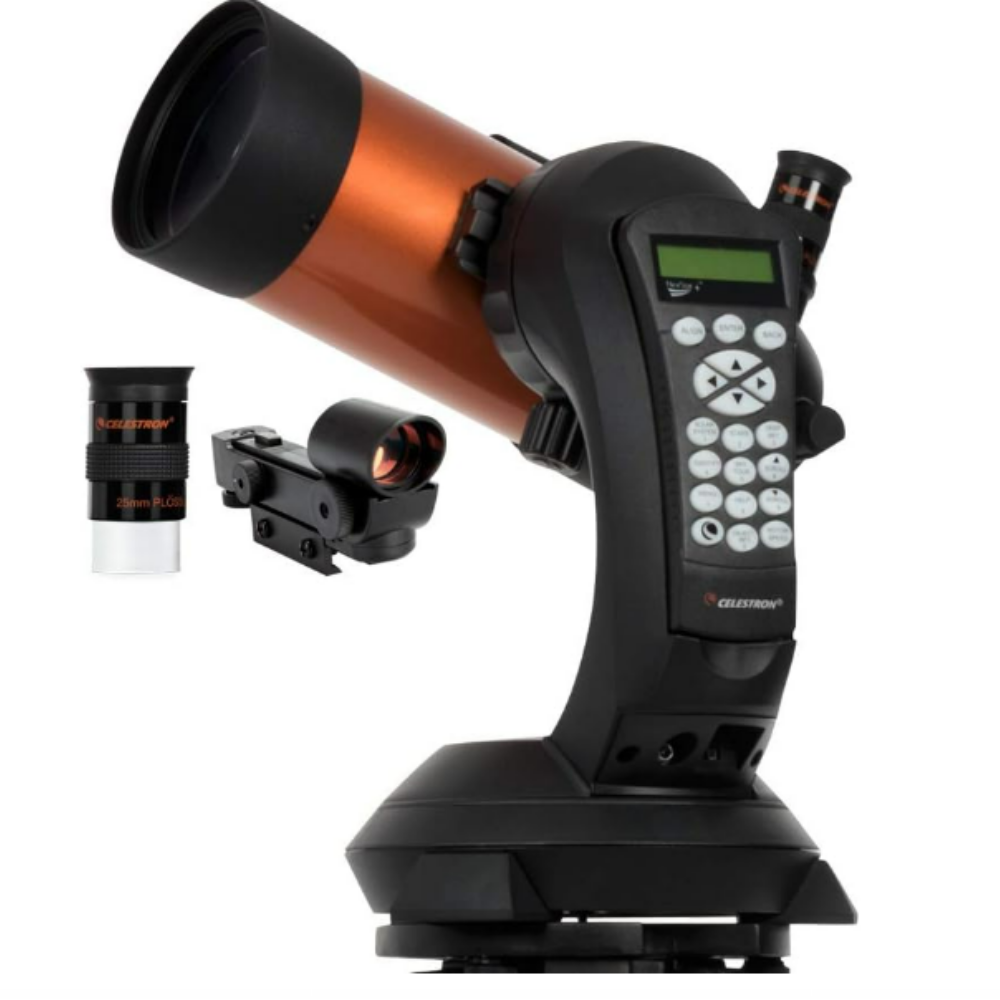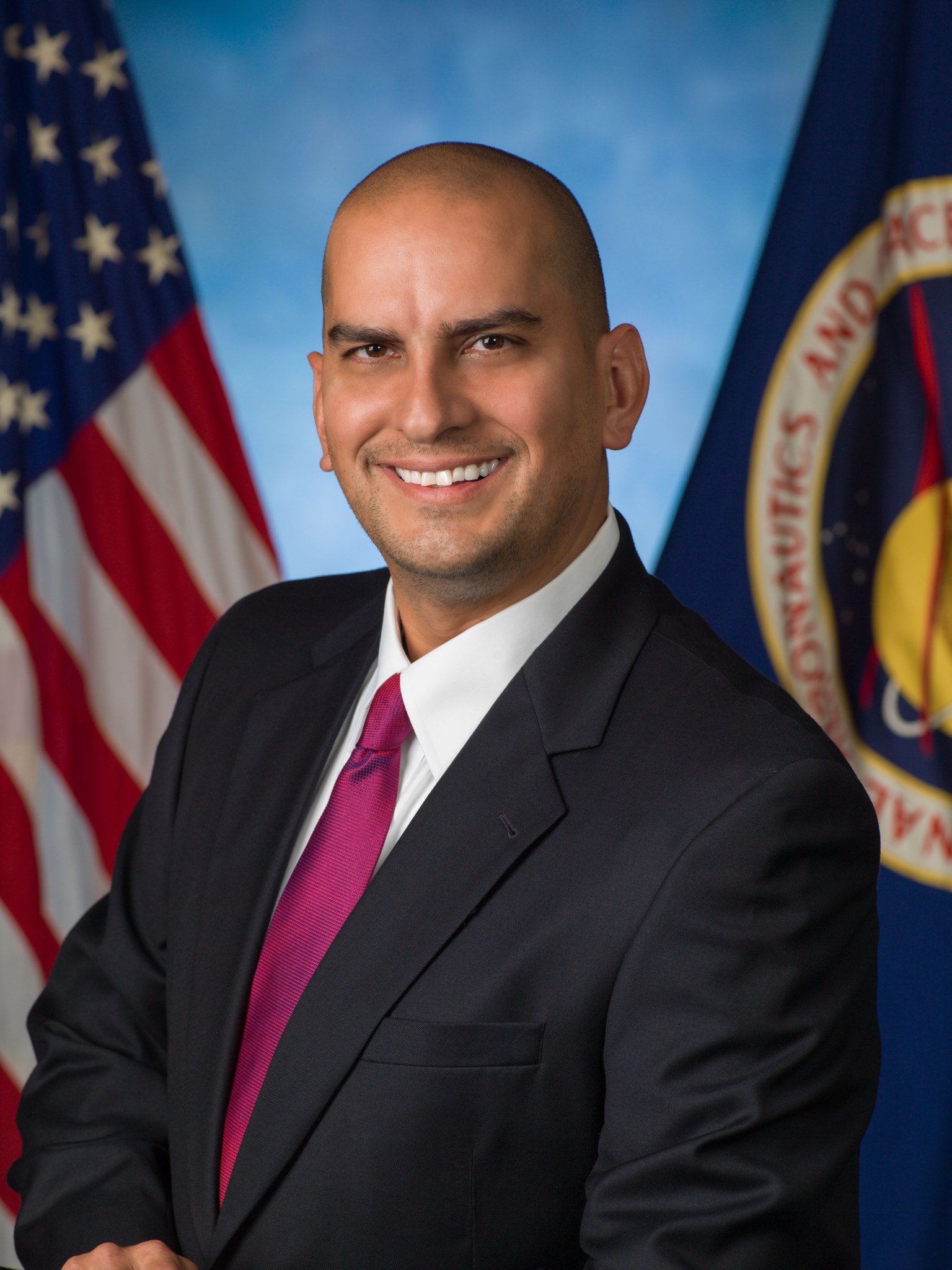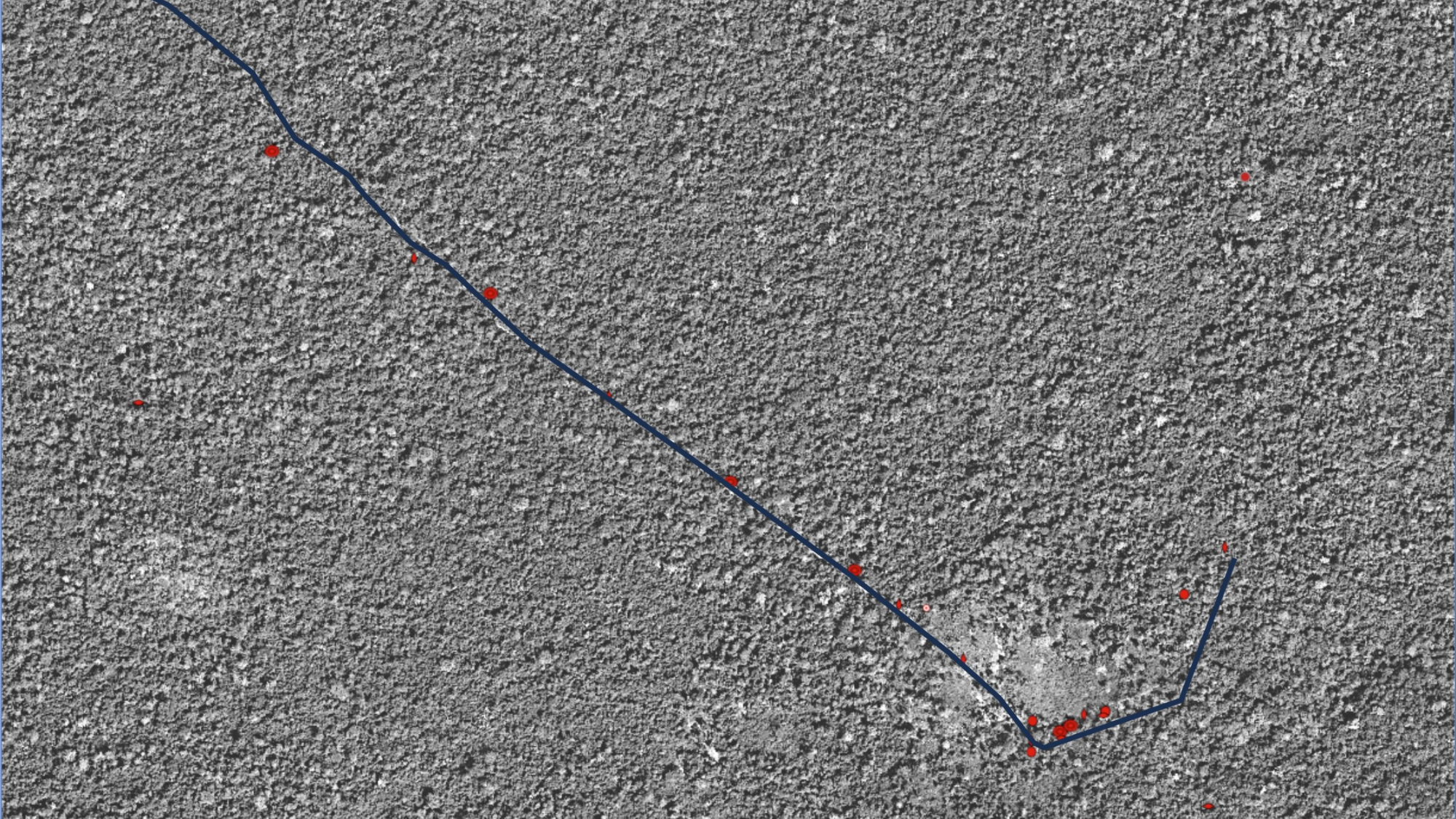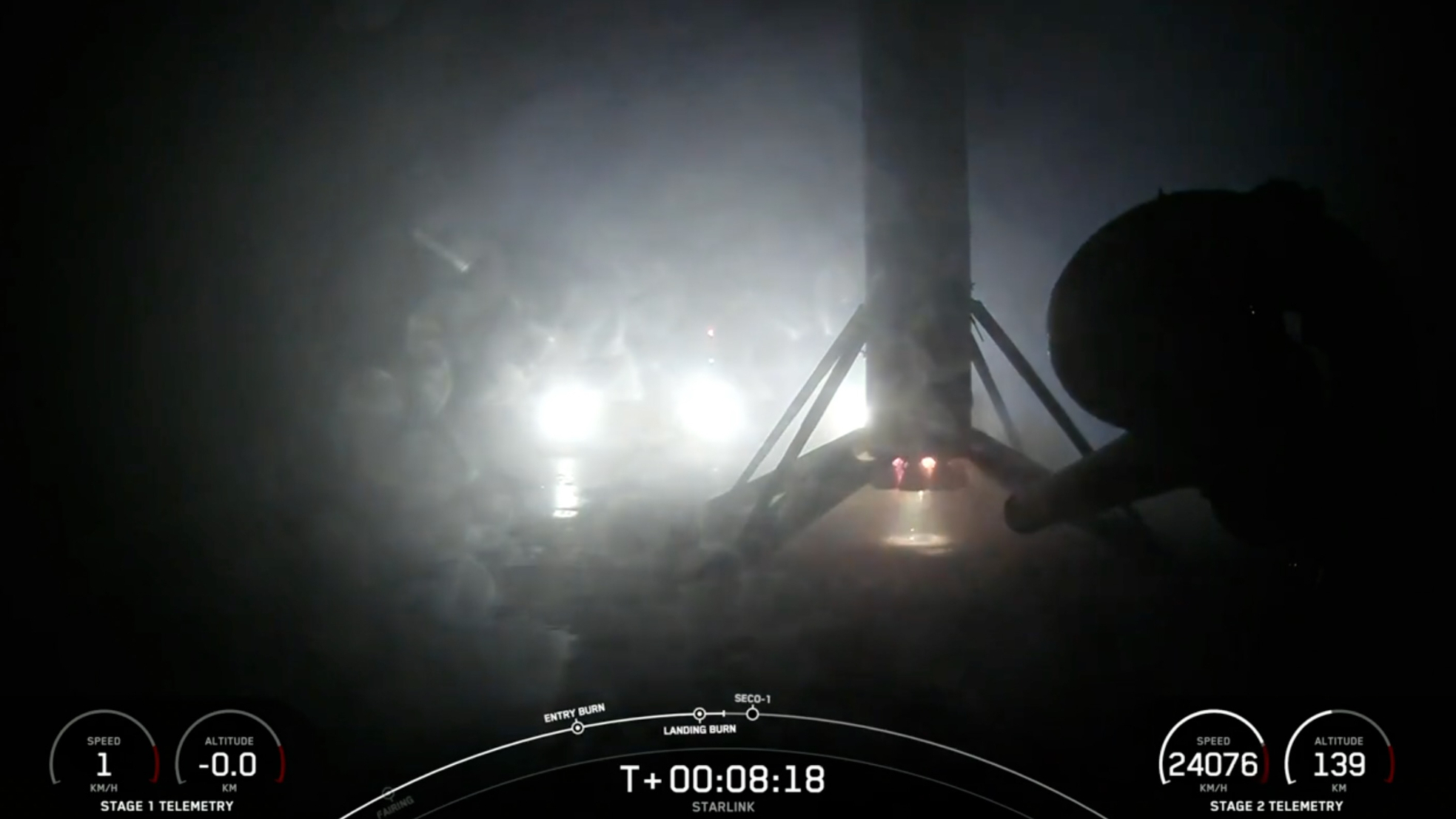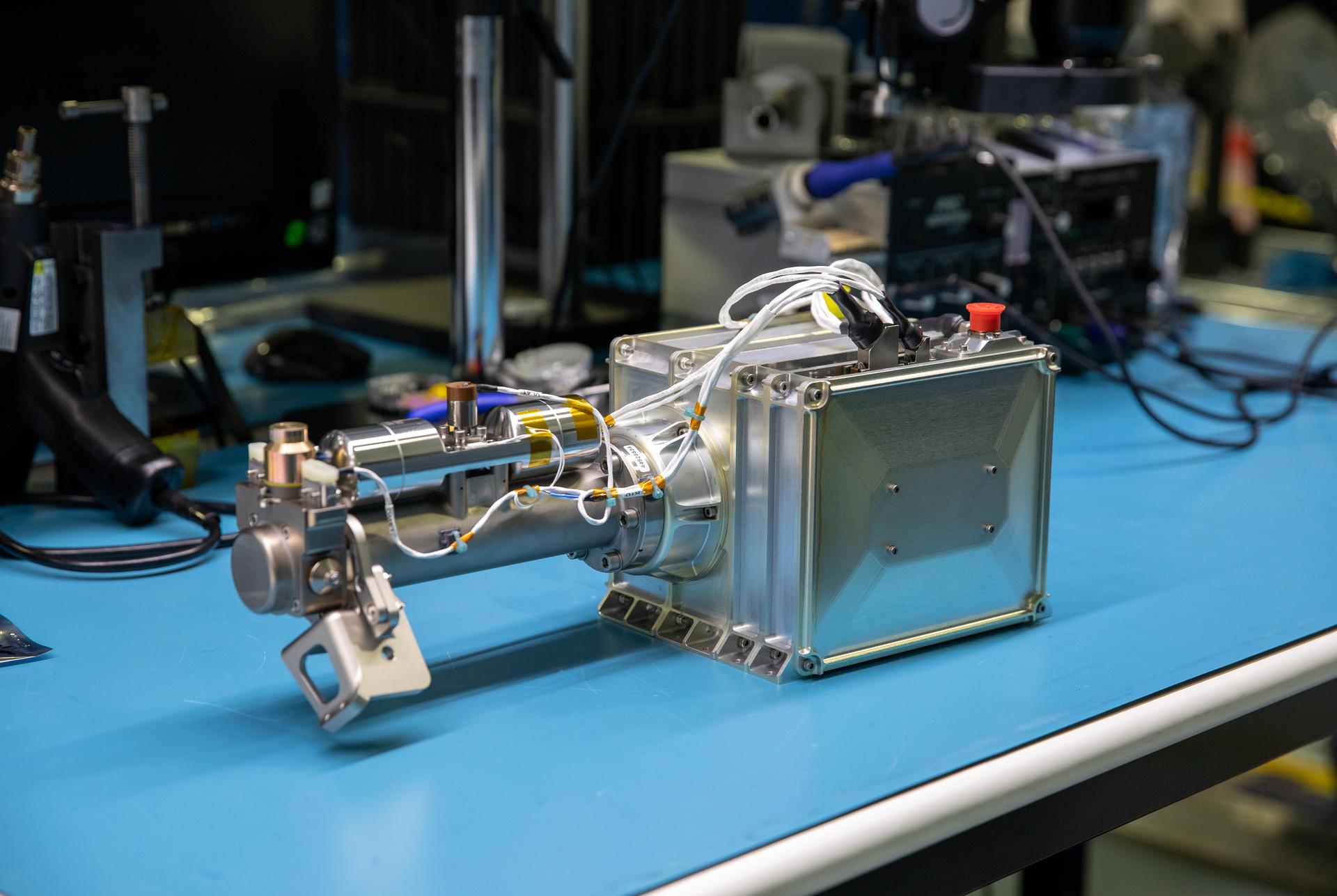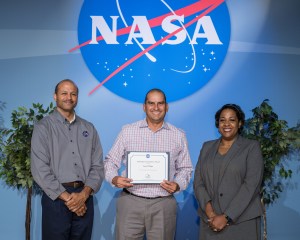This NASA/ESA Hubble Space Telescope image features the spiral galaxy Messier 77, also known as the Squid Galaxy.
Read MoreAuthor: NeRD
NASA Soars to New Heights in First 100 Days of Trump Administration
NASA astronauts Nick Hague, Suni Williams, Butch Wilmore, and Roscosmos cosmonaut Aleksandr Gorbunov land in a SpaceX Dragon spacecraft in the water off the coast of Tallahassee, Florida on March 18, 2025. Hague, Gorbunov, Williams, and Wilmore returned from a long-duration science expedition aboard the International Space Station. Credit: NASA/Keegan Barber Today is the 100th day of the Trump-Vance Administration after being inaugurated on Jan. 20. In his inaugural address, President Trump laid out a bold and ambitious vision for NASA’s future throughout his second term, saying, “We will pursue…
Read MoreNASA Invites Media to Agency’s 25th Annual Student Launch Challenge
3 min read Preparations for Next Moonwalk Simulations Underway (and Underwater) NASA’s annual Student Launch challenge will bring middle school, high school, and college students from around the country together to launch high-powered rockets and payloads. On Saturday, May 3, from 8:30 a.m.-2:30 p.m. CDT (or until the last rocket launches), student teams will convene for the agency’s 25th annual challenge at Bragg Farms in Toney, Alabama, near NASA’s Marshall Space Flight Center in Huntsville. Hundreds of students from across the U.S. and Puerto Rico launched amateur rockets near NASA’s Marshall Space Flight Center…
Read MoreSee a wafer-thin crescent moon leapfrog Jupiter this week
The delicate form of the crescent moon is set to draw close to the planet Jupiter in the post-sunset sky on April 29, before later making its closest approach to the gas giant from the perspective of Earth on April 30. Earth’s moon is currently emerging from its April 27 new moon phase, during which it passed between the sun and Earth, causing its shadow-drenched disk to be temporarily lost from sight in the sun‘s glare. In the coming days the moon will form a waxing crescent, which will grow…
Read MoreIn the Starlight: Jason Phillips’ Unexpected Path to Johnson Procurement
Sometimes an unexpected turn in a carefully planned career path leads to surprising opportunities for growth and exciting new experiences. For Jason Phillips, that turn steered toward NASA’s Johnson Space Center in Houston. Official portrait of Jason Phillips. NASA/Bill Stafford Phillips joined the U.S. Air Force in 1994 and planned to serve for at least 20 years, but in 2010—while preparing for a third deployment after 14 years of service—he found himself facing a medical separation from the military. “In a very short amount of time I had to figure…
Read More40-year-old spy satellite photos are helping find forgotten land mines in Cambodia
Declassified images from U.S. military satellites are helping find forgotten mine fields in Cambodia. From the late 1960s almost until the end of the 1990s, a bloody war between communist groups and democracy defenders raged, with a few short breaks, in the jungles and on the rice fields of Cambodia. The conflict left behind a hidden legacy that keeps increasing the war’s death toll to this day. Over 10 million anti-personnel and anti-vehicle mines and other explosives may have been scattered across Cambodia’s land during the decades of fighting. Over…
Read MoreBrand-new Falcon 9 rocket sends 23 Starlink satellites to orbit on SpaceX’s 2nd launch of the day
SpaceX sent another batch of Starlink satellites to orbit tonight (April 28), its second liftoff of the day. A Falcon 9 rocket carrying 23 Starlink broadband satellites — including 13 with direct-to-cell capability — lifted off from NASA’s Kennedy Space Center in Florida tonight at 10:34 p.m. EDT (0234 GMT on April 29). It was the second Starlink group to fly today; a Falcon 9 lofted 27 of the internet craft from California’s Vandenberg Space Force Base earlier today. You may like The Falcon 9’s first stage rests on the…
Read MoreNASA Moon Observing Instrument to Get Another Shot at Lunar Ops
The Mass Spectrometer Observing Lunar Operations (MSolo) for NASA’s Volatile Investigating Polar Exploration Rover (VIPER) mission is prepared for packing inside a laboratory in the Space Station Processing Facility at NASA’s Kennedy Space Center in Florida on Feb. 21, 2023. MSolo is a commercial off-the-shelf mass spectrometer modified to work in space and it will help analyze the chemical makeup of landing sites on the Moon, as well as study water on the lunar surface. NASA/Kim Shiflett A NASA-developed technology that recently proved its capabilities in the harsh environment of…
Read MoreHow Are We Made of Star Stuff? We Asked a NASA Expert: Episode 58
2 min read Preparations for Next Moonwalk Simulations Underway (and Underwater) How are we made of star stuff? Well, the important thing to understand about this question is that it’s not an analogy, it’s literally true. The elements in our bodies, the elements that make up our bones, the trees we see outside, the other planets in the solar system, other stars in the galaxy. These were all part of stars that existed well before our Sun and Earth and solar system were even formed. The universe existed for billions…
Read MoreSeeing the Cygnus Loop in a New Way
The Cygnus Loop (also known as the Veil Nebula) is a supernova remnant, the remains of the explosive death of a massive star.
Read More